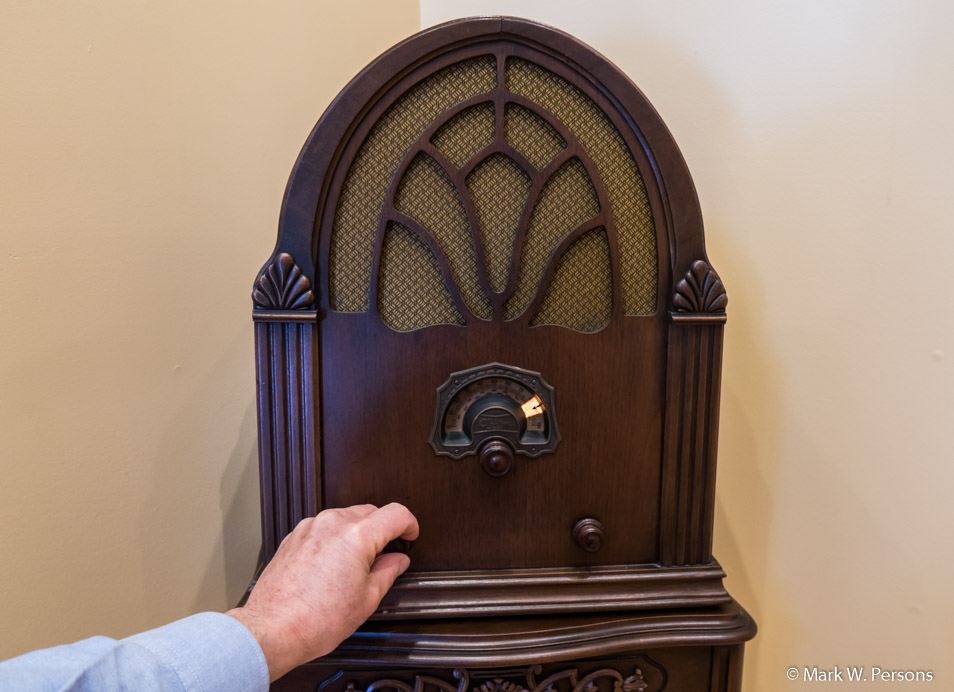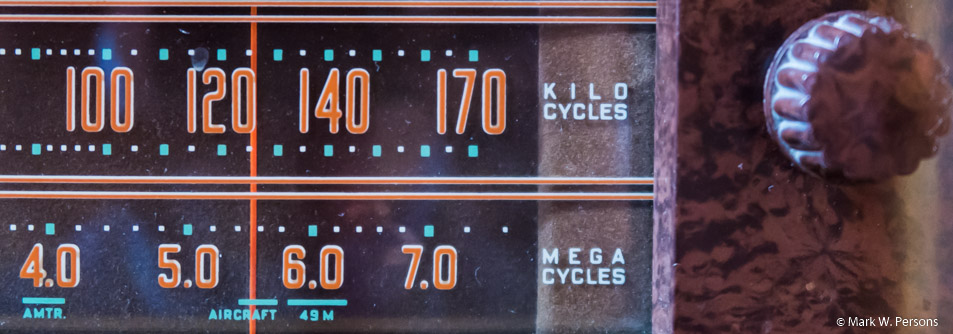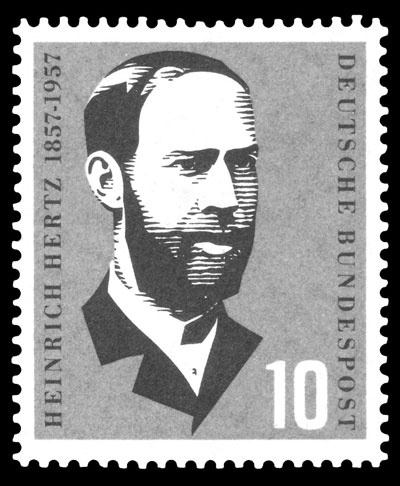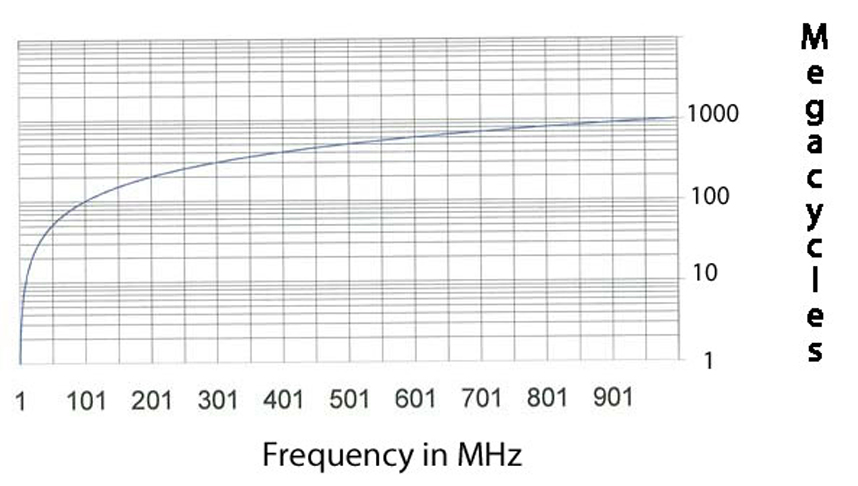Today is the day we remember and celebrate the life of German physicist Heinrich
Hertz. He is credited with proving that electricity can be
transmitted in electromagnetic (radio) waves,
first theorized by James Clerk Maxwell's electromagnetic theory of light.
Hertz lived just a short 36 years from 1857 to 1894, but made a huge
impact on our world.
Back on April 1st, 1960, the world-wide radio
frequency spectrum numbering scheme was converted from "cycles per
second" to Hertz. This caused quite a bit of confusion among scientists
and the public alike. Most learned the new way within a year or
so. Einstein's Theory of Relativity comes into play here as well,
causing further uncertainty.
A throwback to the old days, radio dials were labeled
KC (kilocycles) and MC (megacycles).
If you come across a relic radio built before 1960
and want to tune into your favorite radio station, you will need to
convert the station frequency from say, 103.5 MHz (Megahertz), to
Megacycles. The formula is: Subtract 10 from the frequency in MHz and
take the square root. Then multiply that number by itself. Add 10
to get the frequency in Megacycles. That will get you pretty close.
For the math challenged, there is a graph below to
help with the conversion.
Remember, Heinrich Hertz is to blame for all of this.




